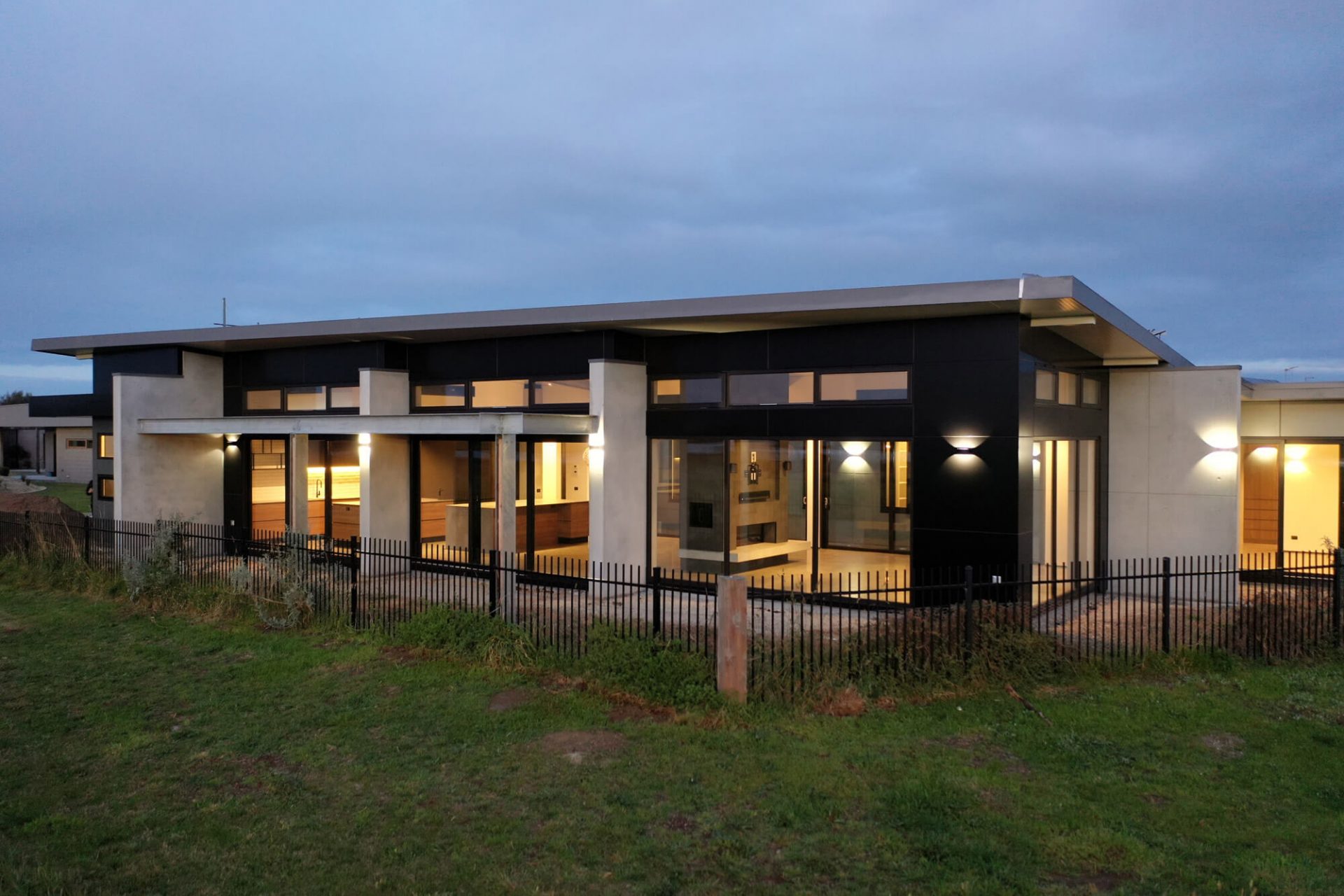So, what is a casement window? Put simply, this term describes a window with hinges on the side to attach to the frame, the casement referring to the part of the window that opens. This gives flexibility so they can have a narrow or wide opening for the airflow of your choice. Casement windows tend to be taller than other window types and open outwards so they’re best at funnelling in breezes from outside while protecting the inside of your property from rain. Considering the high temperatures we can get in the summer months, it’s no surprise that casement windows have been common in Australia for years.
Advantage of Casement Windows
Ease of Operation
Another pro of casement windows is how easy they are to open and close. There’s no difficulty sliding up and down as with sash windows, just push a button and then use the handle to control the whole window. Therefore, if you have any windows that are hard to reach, such as a high bathroom window, choosing casement windows there can make it easier to let some air in.
Security Features
This also makes the windows a good security feature as there’s no way to open the window from the outside. As your windows age though the locking mechanisms can rust or break, leaving them vulnerable to criminals. To counteract this downside, we recommend regularly (meaning every few months) cleaning the windows and lubricating the moving parts to ensure debris is not blocking the locks. If you notice any damage or rusting, the company who installed your windows or a security company should come out and assess them for you and recommend any steps you should take to protect your property.
Cleaning Convenience
Speaking of cleaning, this type of window is easier to wash. As the whole windowpane swings out and angles, you should even be able to reach around to clean the outside from the inside. This is good news as because they’re angled outwards it’s important to note that they will get dirtier than inward-opening windows.
Potential Drawbacks of Casement Windows
While casement windows have many pros, there are some potential drawbacks to consider:
Upfront Cost
A potential drawback of choosing casement windows is the upfront cost. While they can be a bit more expensive than other window types, we think this can be offset by choosing a high-ranked company that uses the right materials. Researching companies will save you from poor installation meaning you’ll need repairs quickly.
Material Choice
There are several material choices for these windows but choosing a cheaper one will only save you in the short term. You’ll end up needing to replace them more quickly, so you’ll end up spending more overall. Due to the strong Australian sun, we’d recommend choosing a company that uses uPVC as this can cope with the rays and provide some protection to the flooring it’s shining on, like Ultimate Windows.
The Energy Benefits of Casement Windows
You may now be thinking these types of windows sound great in the summer but why choose casement windows all year round? Well, once these windows are shut and locked, they’re one of the most energy-efficient window options. They create a tight seal all the way around meaning hardly any air from outside can make its way in. This helps keep your property cool in summer and warm in winter so your heating and cooling costs will drop. These windows are also typically available in double or triple-glazed options for even more energy efficiency. Casement windows are an investment but will pay off in reduced energy bills in the long run.
The Best Spaces That Suit Casement Windows
If you prefer blinds at your windows, casement windows are one of the best choices as they open outwards so won’t get in the way of the blinds while still letting in good airflow. As the hinges are on the side, the roller portion of the blind can cover the top of the window. Casement windows tend to be tall rather than wide so if you have high ceilings, they’re a good design choice to break up your walls. If your space needs wider windows and you like the advantages of casement windows it is possible to place a fixed window in between two casement windows. To fit the design, you could also add what’s called a ‘mock sash’ so it matches the look of your other casement windows. As they’re tall they let in plenty of light as the Sun takes longer to drop down out of view of them so if you have a darker space, they can help change the ambience of your room.
Now we’ve answered the question ‘what are casement windows?’ and discussed the pros and cons. If you think they’re the best choice for your home, consider our custom-made and installation of casement windows.

